Our Services
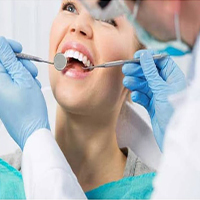
Oral Comprehensive Examination
An Oral Comprehensive Examination is a detailed oral check up. A thorough intra oral exam helps in early detection of dental cavities or gum problems. A regular check up every 6 months helps you keep a healthy mouth. We’d like your first visit to be a success, and have scheduled ample time for you to meet with the doctor to address your questions and concerns. We strive to be on time for your appointment. At Smile In Minutes Dental Clinic, the dentist will also educate you on how to maintain a oral hygiene
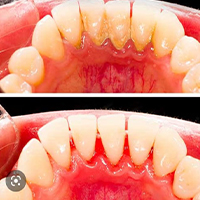
ORAL PROPHYLAXIS / SCALING AND POLISHING
It is commonly known as cleaning. This includes removal of all the stains & tarter deposited on the teeth & below the gums. A little bit of bleeding is induced intentionally so that a healthy attachment can be made by gums with the teeth.
Polishing is done to make the tooth surface smooth, shiny & also remove the stains. Tarter deposition on smooth surface is less so it’s important to go for polishing after the scaling. Professional dental cleanings keep your smile looking whiter and brighter.
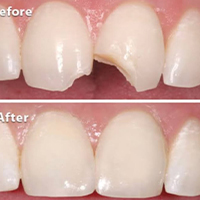
RESTORATIONS
It is commonly known as fillings. Cavities are now a- days are very big problem through- out the world. A decayed tooth can be prevented from getting more damaged only if it receives a filling on time. A small cavity can be filled with tooth coloured materials known as composite/ GIC. It come under different shades, as per the patient’s tooth colour.
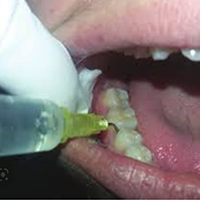
LOCAL DRUG DELIVERY / LDD
Systemic antimicrobial agents may reduce or eliminate bacteria that cannot be removed by scaling and root planning. Local deliveries of antibacterial agents into periodontal pocket limiting the drug to its target site achieve high concentration at target site.
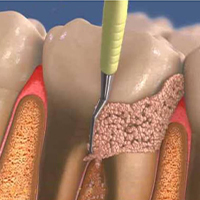
CURETTAGE
Curettage has been used to treat teeth affected by periodontitis. Gingival curettage is a surgical procedure designed to remove the soft tissue lining of the periodontal pocket with a curette, leaving only a gingival connective tissue lining.
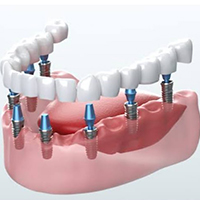
DENTAL IMPLANTS
It is placed in the jaw bone to replace the root of a missing tooth. It is as good as a natural tooth in terms of efficiency of chewing, looks and ease in speech.
It is the most conservative and resembling to natural replacement for a missing tooth, as the adjacent teeth are not touched, unlike in a bridge.
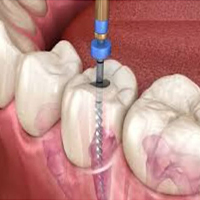
ROOT CANAL TREATMENT
It is placed in the jaw bone to replace the root of a missing tooth. It is as good as a natural tooth in terms of efficiency of chewing, looks and ease in speech.
It is the most conservative and resembling to natural replacement for a missing tooth, as the adjacent teeth are not touched, unlike in a bridge.

CROWNS AND BRIDGES
It is placed in the jaw bone to replace the root of a missing tooth. It is as good as a natural tooth in terms of efficiency of chewing, looks and ease in speech.
It is the most conservative and resembling to natural replacement for a missing tooth, as the adjacent teeth are not touched, unlike in a bridge.
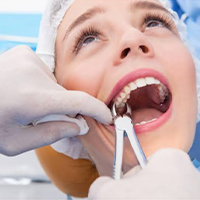
EXTRACTIONS
It is placed in the jaw bone to replace the root of a missing tooth. It is as good as a natural tooth in terms of efficiency of chewing, looks and ease in speech.
It is the most conservative and resembling to natural replacement for a missing tooth, as the adjacent teeth are not touched, unlike in a bridge.
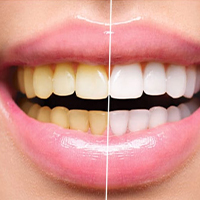
BLEACHING
It is also known as teeth whitening. Teeth whitening is a process of removing stains from the tooth surface and make someone’s natural teeth appear brighter and whiter. Whitening is a one-time procedure performed by a dentist.

FULL MOUTH REHABILITATION
It refers to rebuilding and/or replacing all of the teeth in a patient’s mouth. Full mouth reconstructions combine aesthetics with the science of restorative dentistry to improve the health, function, and beauty of the mouth. The treatments can include onlays, crowns, bridges, veneers, dental implants, and/or dentures that will essentially provide not only a “smile makeover”, but improved chewing efficiency for the patient.
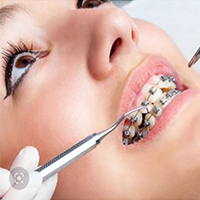
ORTHODONTIC TREATMENT
Orthodontic care involves the use of devices, such as braces, to: Straighten teeth, correct problems with bite, and close gaps between teeth. It is a way of straightening or moving teeth, to improve the appearance of the teeth and how they work. It can also help to look after the long-term health of your teeth, gums and jaw joints, by spreading the biting pressure over all your teeth.
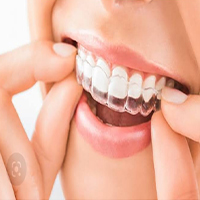
NIGHT GUARD
Bruxism is a condition in which you grind, gnash or clench your teeth. If you have bruxism, you may unconsciously clench your teeth when you’re awake (awake bruxism) or clench or grind them during sleep (sleep bruxism).Sleep bruxism is considered a sleep-related movement disorder. People who clench or grind their Teeth (brux) During Sleep are more likely to have other sleep disorders, such as snoring and pauses in breathing (sleep apnea). Mild bruxism may not require treatment. However, in some people, bruxism can be frequent and severe enough to lead to jaw disorders, headaches, damaged teeth and other problems. Because you may have sleep bruxism and unaware of it until complications develop, it’s important to know the signs and symptoms of bruxism and to seek regular dental care.
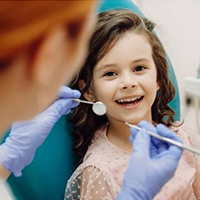
KIDS DENTISTRY
Baby teeth are very important to your child’s health and development. They help children chew properly, speak clearly and smile. They hold space in the jaws for permanent teeth which develop underneath them, into their correct positions, and also help muscles to develop correctly. When a baby tooth is lost too early, other teeth may move into the empty space and block the way for a permanent tooth. This can make teeth crooked or crowded. Neglect of primary teeth can result in a number of problems. It has been found that children who experienced tooth decay in their baby teeth, had a greater risk of developing tooth decay in their permanent teeth, than children who maintained healthy primary teeth
Get a Dazzling Smile in Lowest Price
Dentists’ areas of care include not only their patients’ teeth and gums but also the muscles of the head, neck and jaw, the tongue, salivary glands, the nervous system of the head and neck and other areas.During a comprehensive exam, dentists examine the teeth and gums, but they also look for lumps, swellings, discolorations, ulcerations — any abnormality. When appropriate, they perform procedures such as biopsies, diagnostic tests for chronic or infectious diseases, salivary gland function, and screening tests for oral cancer.
